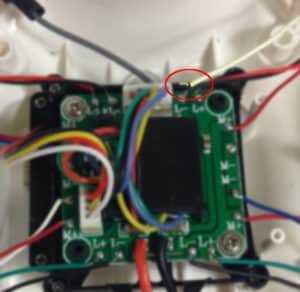Learning to repair electronics can seem daunting, but it’s a rewarding skill. The key? Learn to build them first. This article explores the connection between building and repairing electronics, providing a practical approach to mastering this valuable skill.
Building as the Foundation for Repair
Repairing electronics involves two fundamental steps: diagnosing the problem and implementing a solution. This process mirrors the challenges faced when building electronics. Most DIY electronics projects require troubleshooting and adjustments.
Nine out of ten times, a newly built circuit won’t work perfectly on the first try. This necessitates a “repair” process: identifying the fault (diagnosis) and correcting it (fix).
Essential Skills Gained Through Building
Building electronics equips you with crucial skills for repair:
- Component Identification: You learn to recognize various electronic components.
- Component Functionality: Understanding how each component works is essential for troubleshooting.
- Electrical Principles: Grasping concepts like voltage, current, and resistance is fundamental.
- Research Skills: You develop the ability to research solutions to unfamiliar problems using resources like books, online forums, and communities.
When building, you’ll inevitably encounter issues requiring investigation. Learning to use resources like operational amplifier tutorials or component selection guides becomes crucial. This research skill translates directly to electronics repair. You’ll often need to delve into schematics, datasheets, and online forums to diagnose and fix unfamiliar devices.
From Building to Repairing: A Seamless Transition
The skills acquired through building provide a solid foundation for electronics repair. You’ll approach repairs with a deeper understanding of circuitry and troubleshooting. You’ll be able to identify faulty components, understand their role in the circuit, and devise effective solutions.
Joining a community of electronics enthusiasts can accelerate your learning. Sharing knowledge, asking questions, and collaborating on projects provide invaluable experience.
Conclusion
The most effective way to learn electronics repair is to learn electronics building. The hands-on experience of constructing circuits, troubleshooting errors, and researching solutions builds the foundational knowledge and skills necessary for successful repairs. Embrace the learning process, and you’ll be well on your way to mastering the art of electronics repair. So, start building and unlock your potential as an electronics repair expert.
